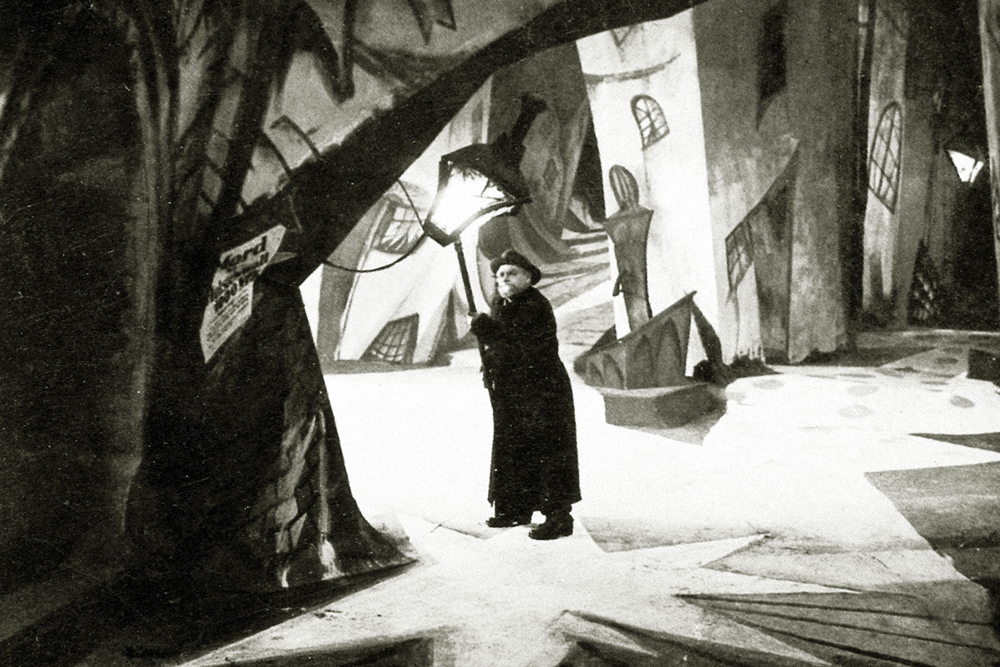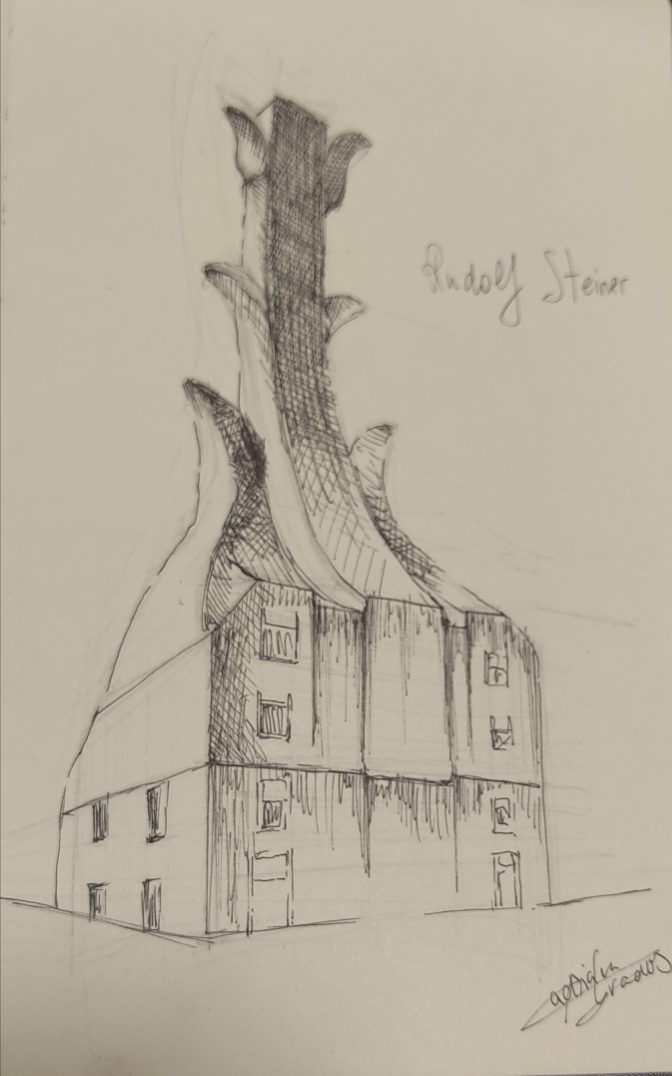It’s the end of September, the smell of fall slowly starts to step into our lives, and it can only mean one thing, my favorite time of the year has arrived. Halloween has always had an special meaning to me, as I was born on the 1st November, as a consequence, I used to watch on repeat Tim Burton’s films, admiring his «spooky» aesthetics; but what I didn’t realise as a child is the importance environment has in movies. Yesterday I was watching Frankenweenie, mesmerized by its capacity to absorb myself into that universe.
Tim Burton is a director whose main source of inspiration is an artistic movement that started in the interwar period, Expressionism. We can find in films from the 1920’s such as The Cabinet of Dr. Callegari or Metropolis architecture that isn’t supposed to be realistic, it is more a form of decoration, another way of transmitting that anger and fear Robert Weine and other expressionist directors wanted to.
Tim Burton took that taste for impossible angles, exaggeration and darkness and gave it a modern look.
here we have two frames, on the left, we observe houses forming bizarre angles, small windows and little to no light, except por the lantern. If we analyze the image on the right, we will realize it has almost the same charachteristics.


Another resource expressionists used was giving objects and persons an abnormal height, once again in order to create an ambience of terror (just like the one they were living in the real world). In the case of Burton, this is clearly recognizable, whether it is in his characters (Jack Skellington, the Corpse Bride), or in his architecture.
So as to relate Tim Burton’s style with some architects, I must highlight Scharoun (schminke house), or Steiner as they both distore elements as a vehicle to draw attention and express fiercely.

To sum up, both the 1920’s expressionists and Tim Burton use architecture not only as the physical space the events take place; but also they explore its emotional and artistic potential.
(refering to Tim Burton’s Style) world of skewed angles and twisted trees is the perfect accompaniment to his darkly humorous gothic tales of lonely outsiders
Barret Carnahan
*all the sketches are made by me